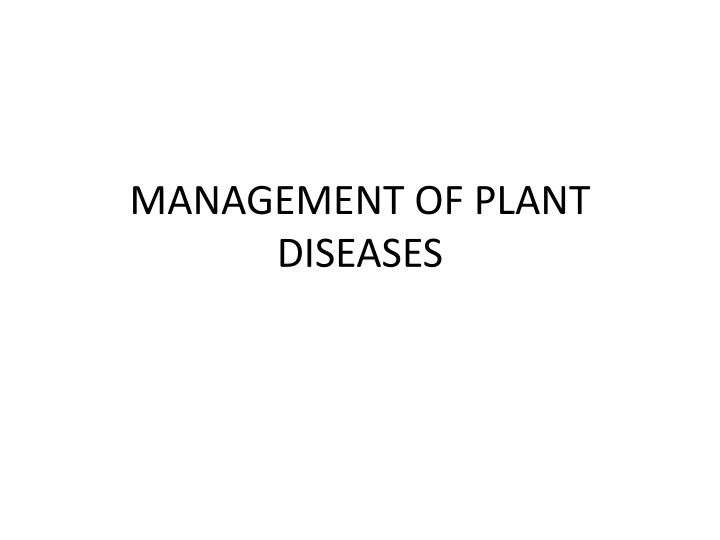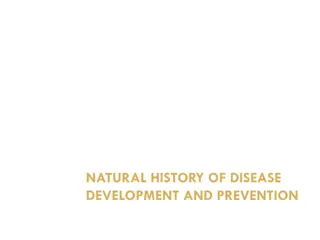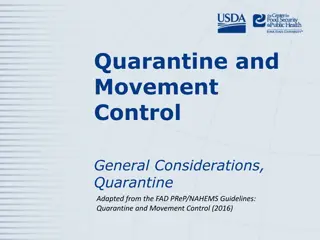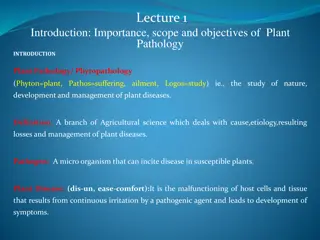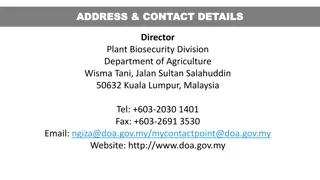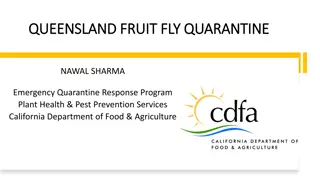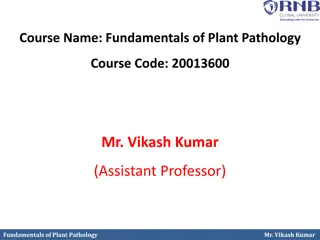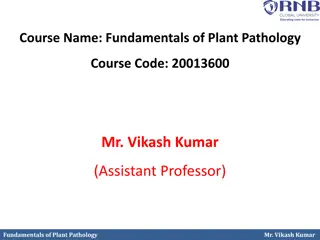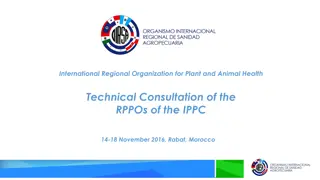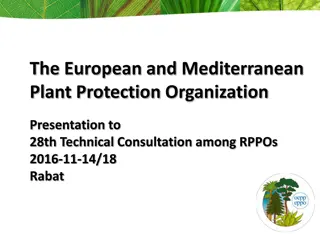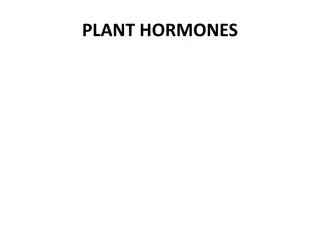Overview of Plant Quarantine and Disease Management
Plant quarantine is a crucial practice that involves regulating the movement of plants and plant products to prevent the spread of pests and diseases. Originating with the first law in France in 1860, plant quarantine now encompasses various methods such as embargoes and inspections to safeguard plant health. In India, the Destructive Insects and Pests Act of 1914 initiated legislative measures against crop pests. Effective management of plant diseases requires vigilance and adherence to quarantine protocols.
Download Presentation

Please find below an Image/Link to download the presentation.
The content on the website is provided AS IS for your information and personal use only. It may not be sold, licensed, or shared on other websites without obtaining consent from the author.If you encounter any issues during the download, it is possible that the publisher has removed the file from their server.
You are allowed to download the files provided on this website for personal or commercial use, subject to the condition that they are used lawfully. All files are the property of their respective owners.
The content on the website is provided AS IS for your information and personal use only. It may not be sold, licensed, or shared on other websites without obtaining consent from the author.
E N D
Presentation Transcript
MANAGEMENT OF PLANT DISEASES
In strict sense Plant Quarantine refers to the holding of plants in isolation until they are believed to be healthy. Now, broader meaning of the plant quarantine covers all aspects of the regulation of the movement of living plants, living plant parts/plant products between politically defined territories or ecologically distinct parts of them. Intermediate quarantine and post entry quarantine are used respectively to denote the detention of plants in isolation for inspection during or after arrival at their final destination.
History The first plant quarantine law was promulgated in Rollen, France in 1860 to suppress and prevent the spread of common barberry, the alternate host for wheat stem rust. Among other countries, the first few to establish plant quarantine services were Germany, France, Australia and the U.S.A. In India, legislative measures against crop pests and diseases was initiated under the Destructive Insects and pests Act of 1914 (DIP act) and it was passed by Governor General of India on 3 rd February, 1914. Under this Act, rules governing the import and movement of plants and plant materials, insects and fungi are framed. The Act provides the Central Government to prohibit or regulate the import into India or any part there of any specific place therein, of any article of class of articles. It authorizes the officers of the Customs at every port to operate, as if the rules under the D.I.P. Act is made under the Sea Customs Act. It authorizes
Disease believed to have been introduced into India from foreign countries
Plant quarantine methods There are number of plant quarantine methods which are used separately or collectively to prevent or retard the introduction and establishment of exotic pests and pathogens. The components of plant quarantine activities are:
1. Complete embargoes It involves absolute prohibition or exclusion of specified plants and plant products from a country infected or infested with highly destructive pests or diseases that could be transmitted by the plant or plant products under consideration and against which no effective plant quarantine treatment can be applied or is not available for application. 2. Partial embargoes Partial embargoes, applying when a pest or disease of quarantine importance to an importing country is known to occur only in well defined area of the exporting country and an effectively operating internal plant quarantine service exists that is able to contain the pest or disease within this area. 3. Inspection and treatment at point of origin It involves the inspection and treatment of a given commodity when it originates from a country where pest/disease of quarantine importance to importing country is known to occur
4. Inspection and certification at point of origin involves pre-shipment inspection by the importing country in cooperation with exporting country and certification in accordance requirements of importing country. 5. Inspection at the point of entry It involves inspection of plant material immediately upon arrival at the prescribed port of entry and if necessary subject to treatment before the same related. 6. Utilization of post entry plant quarantine facilities growing of introduced plant propagating material under isolated or confined conditions. It with quarantine It involves
The provisions of the DIP Act are 1. It authorizes the Central Government to prohibit or regulate the import into India or any part thereof or any specific place therein of any article or class of articles. It authorizes the officers of the Customs at every port to operate, as if the rules under DIP Act are made under the Sea Customs Act. It authorizes the Central Government to prohibit or regulate the export from a State or the transport from one State to another State in India of any plants and plant material, diseases or insects, likely to cause infection or infestation. It also authorizes the control of transport and carriage and gives power to prescribe the nature of documents to accompany such plants and plant materials and articles. It authorizes the State Governments to make rules for the detention, inspection, disinfection or destruction of any insect or class of insects or any article or class of articles, in respect of which the Central Government has issued notification. It also authorizes the State Governments for regulating the powers and duties of the officers whom it may appoint on its behalf. It provides penalty for persons who knowingly contravene the rules and regulations issued under the Act. It also protects the personnel from any suit or prosecution or other legal proceedings for anything done in good faith as intended to be done under this Act. 2. 3. 4. 5. 6.
Crop certificate Several voluntary or compulsory inspection systems are in effect in various states in which appreciable amounts of nursery stock and potato seed tubers are produced. Growers interested in producing and selling disease-free plants submit to a voluntary inspection or indexing of their crop in the field and in storage by the state regulatory agency, experiment station personnel, or others. If, after certain procedures recommended by the inspecting agency are carried out, the plant material is found to be free of certain, usually virus, diseases, the inspecting agency issues a certificate indicating that the plants are free from these specific diseases, and the grower may then advertise and sell the plant material as disease free at least from the diseases for which it was tested.
Evasion or Avoidance of Pathogen For several plant diseases, control depends largely on attempts to evade pathogens. For example, bean anthracnose, caused by the fungus Colletotrichum lindemuthianum, and the bacterial blights of bean, caused by the bacteria Xanthomonas phaseoli and Pseudomonas phaseolicola, are transmitted through the seed. In most areas where beans are grown, at least a portion of the plants and the seeds become infected with these pathogens. In many cases, a susceptible crop is planted at a great enough distance from other fields containing possibly diseased plants so that the pathogen would not likely infect the crop. This type of crop isolation is practiced mostly with perennial plants, such as peach orchards isolated from chokecherry shrubs or trees infected with the X-disease phytoplasma. Growers carry out numerous activities aimed at helping the host evade the pathogen. Such activities include using vigorous seed, selecting proper (early or late) planting dates and proper sites, maintaining proper distances between fields and between rows and plants, planting wind break or trap crops, planting in well drained and using proper insect and weed control.All these practices increase the chances that the host will remain free of the pathogen or at least that it will go through its most susceptible stage before the pathogen reaches the host.
Pathogen-Free Vegetative Propagating Materials
